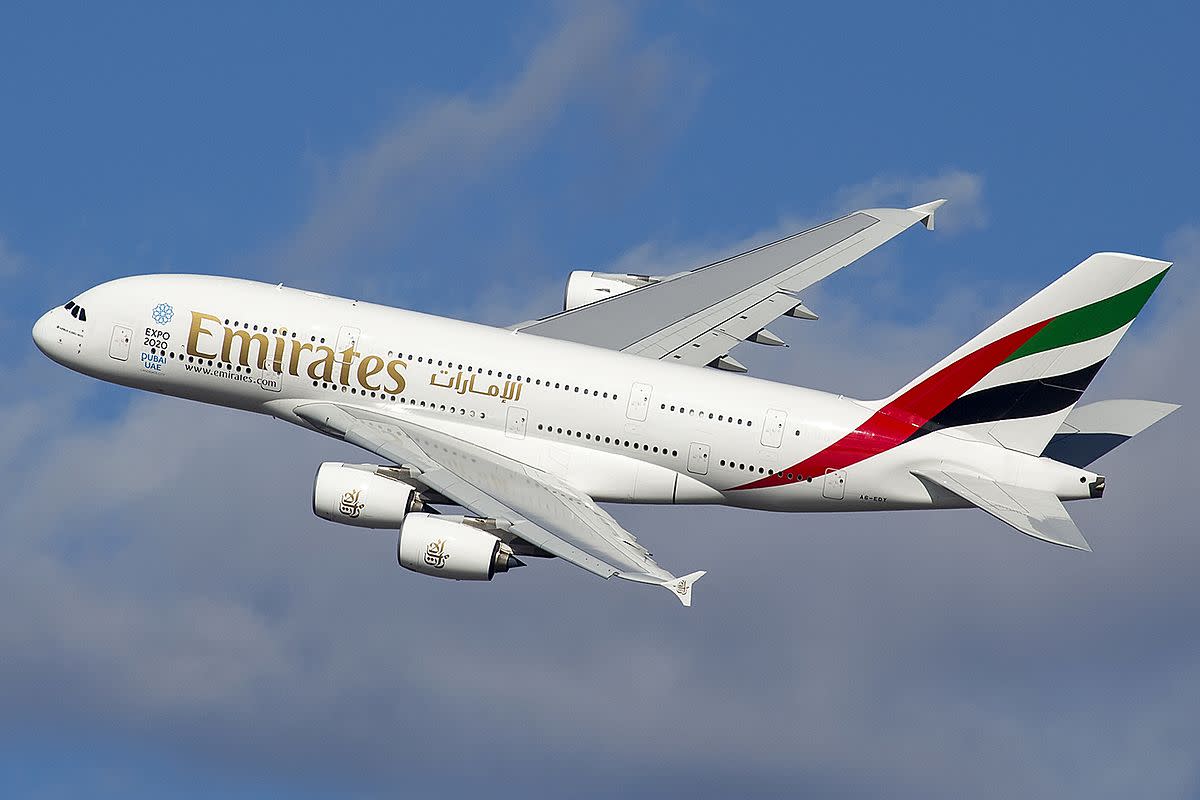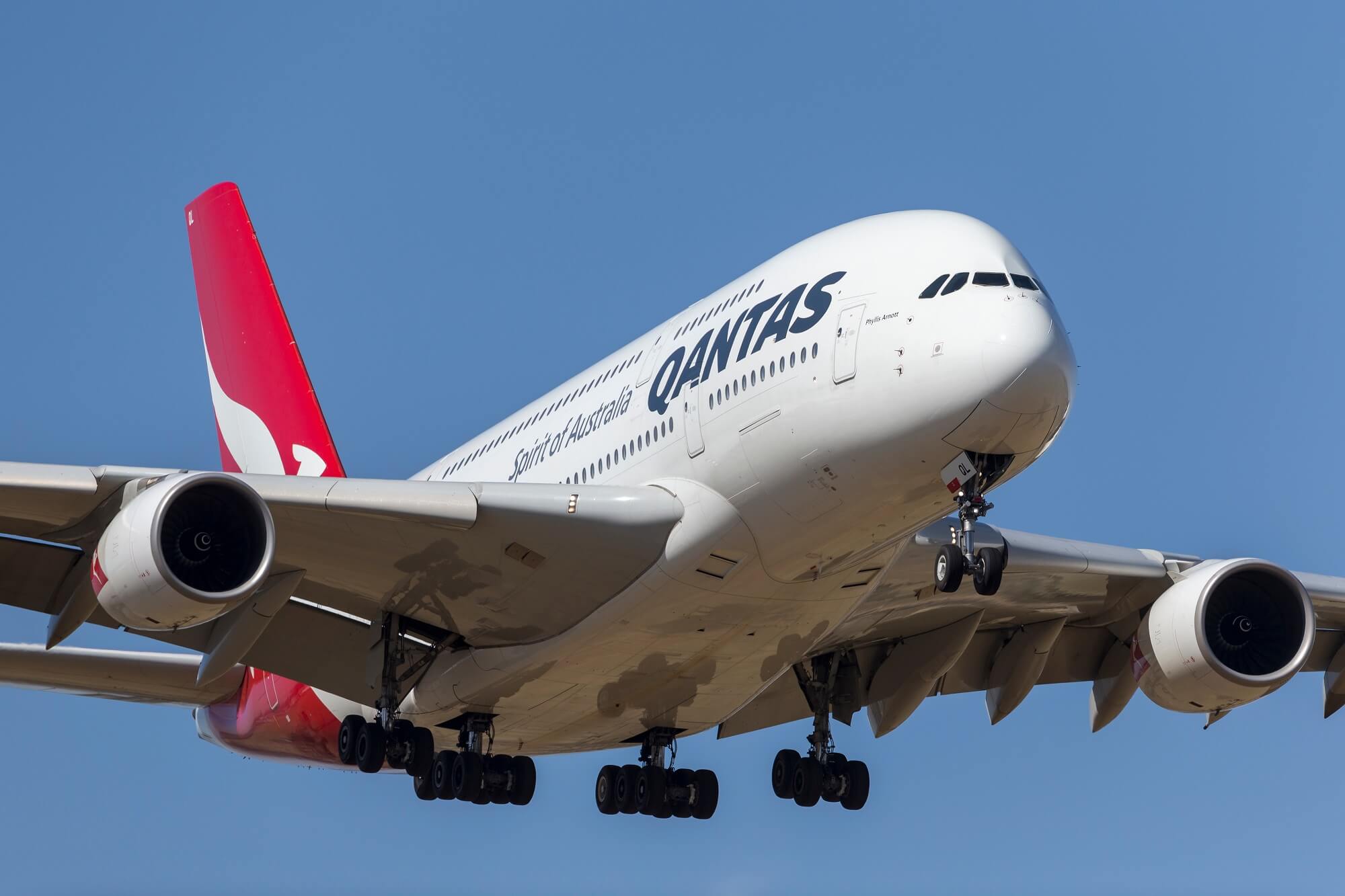Passenger Plane Routes and Destinations: Passenger Plane Brazil

Brazil boasts a vast and diverse landscape, making air travel a crucial mode of transportation for both domestic and international journeys. This section explores the popular routes, major airports, and factors influencing the network of passenger plane routes in Brazil.
Popular Passenger Plane Routes
Passenger plane routes in Brazil are heavily influenced by the country’s geographical features, economic activity, and population distribution. Here are some of the most popular domestic and international routes:
- Domestic Routes:
- Sao Paulo (GRU) to Rio de Janeiro (GIG): This is the busiest domestic route in Brazil, connecting the two largest cities and major economic hubs.
- Sao Paulo (GRU) to Brasilia (BSB): This route connects the economic powerhouse of Sao Paulo to the nation’s capital, facilitating political and business travel.
- Sao Paulo (GRU) to Salvador (SSA): This route links Sao Paulo to the vibrant coastal city of Salvador, a popular tourist destination.
- Rio de Janeiro (GIG) to Fortaleza (FOR): This route connects Rio de Janeiro to the northeastern city of Fortaleza, a popular beach destination.
- International Routes:
- Sao Paulo (GRU) to Lisbon (LIS): This route connects Brazil to Europe, offering a direct flight between Sao Paulo and the Portuguese capital.
- Sao Paulo (GRU) to Miami (MIA): This route connects Brazil to the United States, offering a direct flight between Sao Paulo and Miami, a major hub for international travel.
- Rio de Janeiro (GIG) to London (LHR): This route connects Brazil to Europe, offering a direct flight between Rio de Janeiro and London, a major international hub.
- Sao Paulo (GRU) to Frankfurt (FRA): This route connects Brazil to Europe, offering a direct flight between Sao Paulo and Frankfurt, a major hub for international travel.
Major Airports Serving Passenger Planes
Brazil has a robust network of airports serving both domestic and international flights. Here are some of the major airports in the country:
- Sao Paulo-Guarulhos International Airport (GRU): This is the busiest airport in Brazil, serving as a major hub for domestic and international flights.
- Rio de Janeiro-Galeão International Airport (GIG): This is the second busiest airport in Brazil, serving as a major hub for domestic and international flights.
- Brasilia International Airport (BSB): This airport serves as the main gateway to the capital city of Brasilia.
- Salvador-Deputado Luis Eduardo Magalhaes International Airport (SSA): This airport serves as the main gateway to the city of Salvador, a popular tourist destination.
- Fortaleza-Pinto Martins International Airport (FOR): This airport serves as the main gateway to the city of Fortaleza, a popular beach destination.
Factors Influencing Passenger Plane Routes and Destinations
Several factors influence the establishment and operation of passenger plane routes in Brazil:
- Economic Activity: Routes connecting major economic hubs, such as Sao Paulo and Rio de Janeiro, are typically heavily trafficked due to business travel and trade.
- Tourism: Routes connecting major tourist destinations, such as Salvador and Fortaleza, are also popular due to leisure travel.
- Population Distribution: Routes connecting densely populated areas are more likely to be profitable due to higher demand.
- Geography: Brazil’s vast and diverse landscape presents both challenges and opportunities for air travel. Routes connecting cities in remote areas may be less profitable but are essential for connecting communities.
- Infrastructure: The availability of airports and other infrastructure, such as air traffic control systems, can also influence route development.
Passenger Plane Safety and Security

Traveling by air is a popular choice for many, and ensuring passenger safety and security is paramount, especially in a country like Brazil, known for its vibrant tourism and bustling aviation industry. This section delves into the safety regulations and procedures, the security measures implemented at Brazilian airports, and the safety record of Brazilian passenger planes compared to other countries, highlighting notable incidents that have shaped the industry.
Safety Regulations and Procedures
Brazil’s aviation safety regulations are comprehensive and enforced by the National Civil Aviation Agency (ANAC). These regulations cover various aspects, including aircraft maintenance, pilot training, and flight operations. The ANAC works closely with international organizations like the International Civil Aviation Organization (ICAO) to ensure adherence to global safety standards.
Safety Record of Brazilian Passenger Planes
The safety record of Brazilian passenger planes is generally considered good, with a low rate of accidents compared to other countries. However, it’s important to note that aviation safety is a complex issue influenced by factors such as infrastructure, weather conditions, and pilot experience.
Security Measures at Brazilian Airports
Brazilian airports implement rigorous security measures to protect passengers and aircraft from potential threats. These measures include passenger screening, baggage inspection, and airport perimeter security.
- Passenger Screening: Passengers are subjected to security checks, including metal detectors and body scanners, to detect any prohibited items.
- Baggage Inspection: All baggage is screened using X-ray machines and may be subject to manual inspection.
- Airport Perimeter Security: Brazilian airports have security personnel patrolling the perimeter and surveillance systems to prevent unauthorized access.
Notable Passenger Plane Accidents or Incidents in Brazil, Passenger plane brazil
While Brazil’s aviation safety record is generally good, there have been some notable accidents and incidents that have impacted the industry.
- TAM Airlines Flight 3054 (2007): A Boeing 737-800 crashed on landing at Congonhas Airport in São Paulo, killing 199 people. The accident was attributed to a combination of factors, including runway conditions and pilot error.
- Gol Transportes Aéreos Flight 1907 (2006): A Boeing 737-800 collided with a Legacy 600 business jet over the Amazon rainforest, killing all 154 people on board the Gol aircraft. The accident was attributed to a failure of the air traffic control system.
Passenger plane brazil – As a passenger plane soars over the vibrant tapestry of Brazil, a different kind of journey unfolds on the ground. The nation holds its breath, its eyes fixed on the television screens, anticipating the clash of ideas and the shaping of the future at the abc presidential debate time.
Just as the plane navigates through the clouds, the candidates navigate the complex landscape of political discourse, seeking to illuminate a path towards a brighter tomorrow for Brazil.
The hum of a passenger plane in Brazil, a symphony of motion against the backdrop of vibrant life, can evoke a sense of boundless possibilities. Just as the plane soars through the skies, our lives are also in constant motion, navigating the ups and downs of existence.
This journey is often accompanied by a need for financial security, especially in later years. The upcoming 2025 social security cola increase could offer a vital lifeline for many, allowing them to continue soaring through their golden years with a sense of stability and peace.
As the plane lands safely in Brazil, so too can we find solace in knowing that there are provisions in place to support us during our later years, allowing us to continue our journey with grace and dignity.
